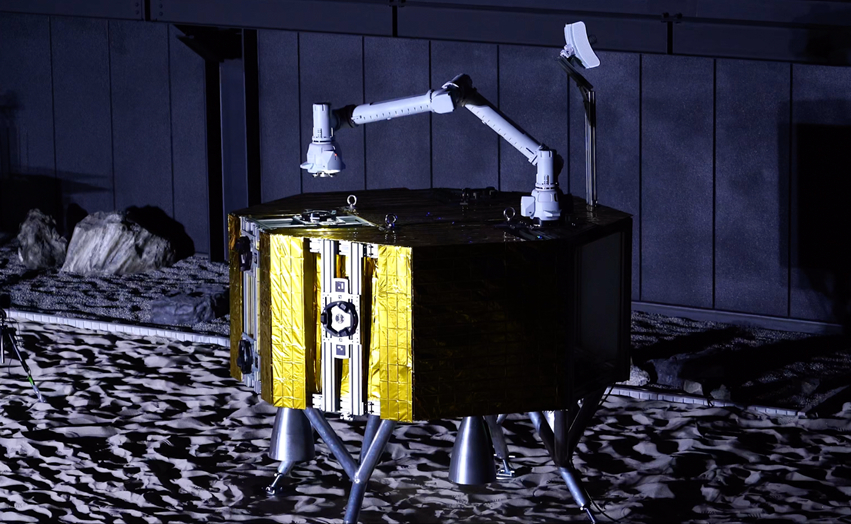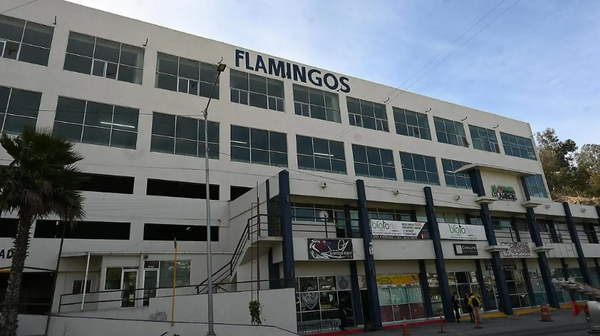
A maneuverable robot from Japan-based startup GITAI has made the list of technologies chosen for a lunar infrastructure development study from DARPA.
DARPA, or Defense Advanced Research Projects Agency, the research and development organization of the United States Department of Defense, announced the 10-Year Lunar Architecture (LunA-10) capability study study in August this year, seeking to unite isolated endeavors within the scientific community in order to create an advanced technological infrastructure to support future activities in space and on the surface of the moon.
One of the companies chosen for LunA-10, GITAI, is a space robotics startup with a focus on making laborious tasks in space safer and more affordable. As part of that aim, the company has designed modular "Inchworm" robots with interchangeable, task-adaptable hardware, capable of performing complex tasks in microgravity and the lunar surface environment.
The robots' modular design allows for easy incorporation into other technologies, and is in-line with DARPA's LunA-10 vision of an incorporated technological infrastructure for space and lunar exploration.
Related: DARPA wants to build a 'thriving commercial economy' on the moon in 10 years
Several companies were announced at the October 11 meeting of the Lunar Surface Innovation Consortium (LSIC), "subject to successful contract negotiations," said Dr. Phil Root, Director of the strategic technology office at DARPA, at the October meeting.
GITAI was one of the companies listed under the Construction and Robotics section of Root's presentation, and has now been officially selected for the LunA-10 study.
GITAI tested this technology inside the Nanoracks Bishop Airlock aboard the International Space Station (ISS), with its "S1" robot, which successfully maneuvered dexterous tasks like pushing buttons and switches, as well as the assembly of test components resembling solar panels or antennas.
A second robot, the "S2," is being launched to the ISS in early 2024, with the goal of demonstrating the technology's servicing capabilities on the exterior of the space station. Neither the S1 or S2 reflect the full abilities of GITAI's Inchworm being included in DARPA's LunA-10 study, but are "technologically akin" to the developing robot, according to a GITAI release.
"We're both humbled and thrilled to be chosen," said GITAI found and CEO Sho Nakanose as a part of the company's LunA-10 announcement. Nakanose sees the company's mission as being about more than just robotics. "It's about forging a new era of lunar infrastructure," he said, adding, "our innovative approach, leveraging modular robotics, is a catalyst for reshaping how we envision the moon."
According to an August statement from DARPA, selection for the study makes GITAI eligible for up to $1 million in funding, with a fast timeline to realize the Inchworm's technological progress. Companies selected for LunA-10 are expected to update the scientific community on their progress during an April 2024 meeting of the LSIC.







